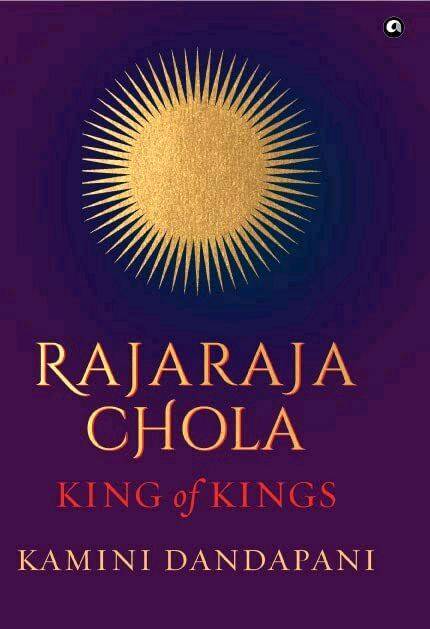
@Alephbooks
This is the offical Aleph Book Company Swellcast. We publish books of enduring literary quality. Pls visit:https://www.alephbookcompany.com/
In Conversation with Kamini Dandapani, Author of 'Raja Raja Chola - King of Kings'
So I'm really curious to know what first drew you to the Chola dynasty and to the character study of Rajaraja. And also, in your opinion, what makes the story of Rajaraja Chola relevant for our times?
And they said, no, we want a layperson to write it. Something that would appeal to the regular reader, something that is not a very academic dense, scholarly book. And I thought it was a wonderful opportunity to work on this project. What makes Rajaraja's story relevant for our times? History is always relevant. History teaches us, and the Cholas reinforces one thousandfold that life and personalities do not operate in binaries, that conflicting traits can and do function together
Thank you so much for sharing that. Kamini, I'd like to talk a little bit about your research. When you launched into the research for Raj Ramya Jolla, did you mainly function like a traditional researcher, reviewing material from published and archived sources and then assembling your notes into the story? Or was there a different approach you took and was there anything that surprised you the most while you were doing your research?
I'm not an organized writer, so my table was full of my notes, scrawled and scribbled on bits of paper that made sense at the time I wrote it, but it was all an utter nightmare when it came to collating the notes and references. What surprised me from what I found from my research, the epigraphical details that are available, the Cholas were master inscribers. They inscribed everything on their temple walls and on copper plates
Yes. Neela Kante Shastri's book, of course, is a classic that has served as a rich source of the Chola history for many writers. And I think, if I'm right, Kalki also turned to Mr. Shastri's book as he worked out the timeline of the Cholesterol history and woven facts into his Nobel pony and silver. In your book, you refer to the Hadithwara Temple as the grand unifier of Rajaraja's empire. Could you possibly elaborate a little bit more on this?
The temple, which is the most important institution in medieval South India, it was not only a religious center, but a commercial center, cultural center, a social center, an economic center. So the temple was the most important institution in medieval South India, and it was the ideal way for Rajaraja to kind of unify his empire. It was an ideal symbol to unify his empire with. So how did he do that?
Thank you for that. Very interesting. Take Kamini Ramya. Ramya Chola's relationship with Sembian Mahadevi and his sister Kundawai is something that distinguishes him from the rest of the rulers of his time. Both Kundawai Piratyar and Sembiana made a distinguished status under Raj Raja's reign and also had his affections and deep respect. And this is also something you have touched upon in your book. Could you perhaps talk a little bit about these two powerful women of the royal chosen household and their relationship with Raj Raja?
Shaibism was the predominant sect in the Chola empire, but also to jayne and Vaishnava temples too. She established a dispensary in Tanja vu, naming it for her brother. She was a very generous and involved gift giver, deeply invested in the life of her brother's kingdom. And to Raj Raja's credit, he recognized that these were extraordinary women with extraordinary abilities. And he really, I think, allowed them a very prominent part place in Chola society
You just blew my mind there. You know, while I did know that both the women were very powerful indeed, I wasn't quite sure of the extent to which they were both revered by both the people and the king. So yeah, thank you so much for sharing that. While it is established that Raj Ramya Chola died a natural death at the age of 67, his final resting place has long been a subject of conjecture
So surely his son Rajendra would have commemorated his father in a similar way. Right? But unfortunately, we have no certain answers. So, some years back, a half buried lingam was found in a shed in the middle of a field in a village called Uday Allure, in an area called Ottapul. And Uday Lur was an important city in chola times. For some reason, it was decided that this was Raj Raja's memorial shrine, and there's nothing to prove it or disprove it
History is indeed a marvelous thing, and thank you for taking us along on a ride through its lanes through this conversation, and for giving us a sneak peek into what went into the writing of Ramya Ramya Chola, King of Kings. I have absolutely enjoyed having this chat with you and would definitely love to have you back on for more insightful conversations around history, culture and, of course, your work. I'm also sharing the link to the book here for our listeners to check out


